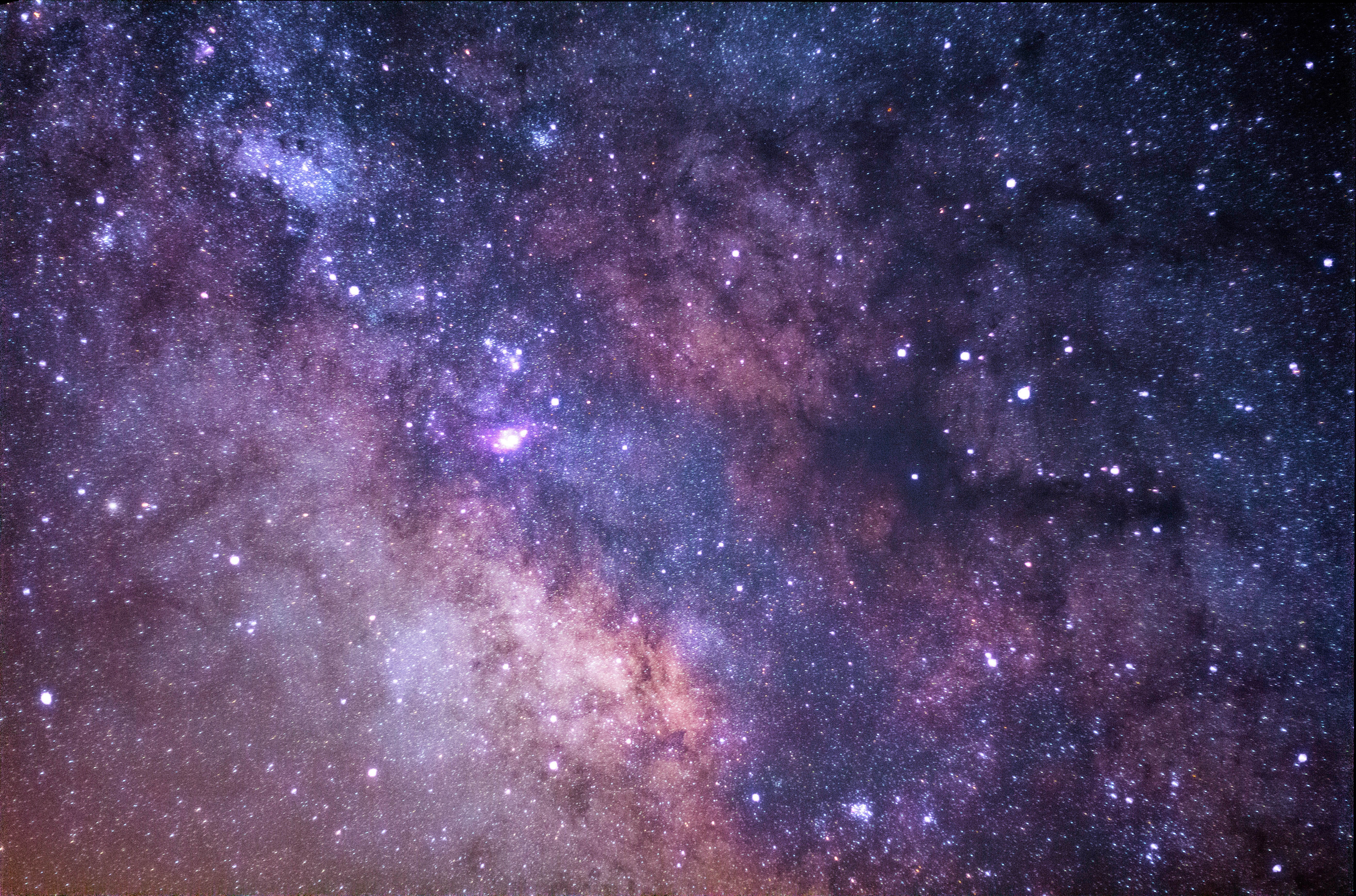The Spark of Life

Abiogenesis is a term that was apparently coined by Thomas Huxley in the 1860s. Commonly referred to as "Darwin's bulldog" for his aggressive promotion of Darwin's theory of evolution, Huxley attempted to patch the most obvious and fundamental hole in the theory by stating that life arose from non-life—that it was the result of the process of abiogenesis—in the long-distant past of the earth's primeval existence by some natural reaction that was possible then but impossible now.
Louis Pasteur, a contemporary of Huxley, had already disproved the archaic notion of spontaneous generation (that life came from non-life, that fish and frogs came from slime, that flies came from rotting meat, and so on), which had been prevalent in western medical and biological thought since ancient Greece. So Huxley's idea was not new, just a repackaging of ancient superstitions. It is a sad reflection on modern science that those who hold to evolutionary theory still maintain that spontaneous generation, veiled in other terminology, explains the origin of life.
A famous laboratory experiment by Stanley Miller in 1953 purported to have reconstructed the moment when matter came to life when he created some samples of amino acids out of a theoretical solution of "primordial soup." Twenty of the hundreds of amino acids are the building blocks of proteins, which in turn are the essential components of cells. His experiments, which produced some of these amino acids, still have pride of place in many biology textbooks today, even though the conditions and methodology under which he did the experiments have since been deemed unsound.
We now know a lot more about cells than we did in the 1950s. In particular, we have learned more about DNA and RNA, the amazing molecules that contain and transmit the information for life, and which inhabit the interior of cells. The processes and mechanisms of heredity continue to pose impassable barriers to evolutionary theory, while pointing to design in creation and a designer whose intelligence far surpasses our own.
Even if the 20 standard amino acids could be created by chance, scientists have calculated the formation of a 100-amino-acid-long protein (this is a small protein; the largest contain about 27,000 amino acids) assembling by random chance to be 4.9x10-191. A chance of 1x10-50 is regarded as "impossible," so this is not only impossible, it is impossible many times over.
Stanley Miller's experiment is largely regarded in scientific circles as a failure; but even if it had been more successful, it would only have proven that intelligent life could create life in a test tube. In other words, the conclusion would have better supported the theory of intelligent design than the theory of evolution.
Ironically, human life did originate in inanimate matter—"the dust of the earth." It just didn't happen the way evolutionists suppose.
The account of Creation that appears in the first chapter of the Bible, Genesis 1, tells us that God made all living things on the third, fifth, and sixth days, and on the other three days He made inanimate objects. Most of Genesis chapter 2 covers the sixth day, and the creation of man is explained in a little more detail. "And the Lord God formed man of the dust of the ground, and breathed into his nostrils the breath of life; and man became a living soul" (Genesis 2:7 KJV). Dust from the earth was transformed into a human being, the first man, Adam. It was the breath of God that provided the spark of life!
And there's more! In the New Testament book of 1 Corinthians, chapter 15, the apostle Paul refers to the first man, Adam, and the Genesis account of Creation, and it is particularly interesting that he does so in connection with Jesus, the Resurrection, and the prospect of our resurrection:
"It is written, 'The first man Adam became a living being.' The last Adam [Jesus] became a life-giving spirit. … The first man was of the earth, made of dust; the second man is the Lord from heaven. As was the man of dust, so also are those who are made of dust; and as is the heavenly man, so also are those who are heavenly.
As we have borne the image of the man of dust, we shall also bear the image of the heavenly man. … [When we are raised to eternal life at the time of the Rapture] then shall be brought to pass the saying that is written: 'Death is swallowed up in victory'" (1 Corinthians 15:45,47-49,54).
The divine spark that turned Adam from inanimate dust into a living body also turned Jesus' inanimate dead human body into a living body. The first Adam was a biological miracle, and Jesus' resurrection was an even greater miracle, for not only was life restored, but His body was transformed into an incorruptible supernatural body that could do amazing things like appear and disappear, walk through locked doors, and even fly into the sky at His ascension (John 20:26; Luke 24:31; Acts 1:9). Not only that, but we are promised that at the time of the Rapture those who believe in and receive Jesus will have bodies that are similar (Philippians 3:21; 1 John 3:2).
God formed man of the dust of the ground, and breathed into his nostrils the breath of life.—Genesis 2:7
As we have borne the image of the man of dust, we shall also bear the image of the heavenly man.—1 Corinthians 15:49